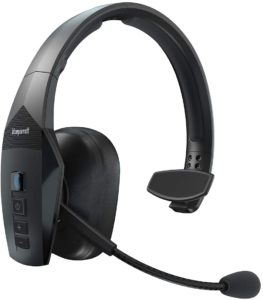I have been using the Norton Ghost 9.0 for a couple of years now. When I started using it, I used to connect an external USB harddisk to my PCs and backup frequently. In some cases, I tried backing up data from one PC to a shared drive on another PC (see Strategies For Backing Up Your Computer Data).
Inconvenient
Over time, I found both these methods not very efficient nor convenient. Having to plug in the USB drive to a laptop every time I wanted to backup, or making sure that all the required PCs were on for backing up on shared drives often became a hindrance to regular backups.
Using a Network Attached Storage Disk
It is then that I decided to invest in a NAS box. This not only makes it easy to organize all my data — documents, pictures, videos, etc., etc., — on a disk that can be accessed from anywhere on the home network, but also provides a convenient repository for backups from all the computers. This greatly enhanced my usage of Norton Ghost.
I have configured all my computers to do a full backup once every month, and an incremental backup everyday. I have also staggered the backup dates and times on the computers so that they don’t all start backing up at the same time. Now, the data on all the machines gets backed up regularly, and sorted nicely on a common network drive. Due to daily incremental backups, if the harddisk on one of my PCs goes bad, my data loss would be limited to what changed on one day.
One Issue with Ghost 9.0
There was one issue that I ran into with Ghost 9.0, when using network drives: I had to enable high compression for that to work. This is most likely fixed in later versions.
Organizing Backup Data
Some tips on organizing your backups with Ghost. Create a separate backup folder on the shared network drive for all your PCs, e.g., PC1_Ghost_1, PC2_Ghost_1, etc. Within these, create separate folders for each of the drives on the PCs. For example, for PC1, you can create PC1_Ghost_1C, PC1_Ghost_1D, etc. This helps to keep your backups nicely organized.
Also, if you create a new backup job, say for PC1, you can put the new backups in PC1_Ghost_2. After you have checked to make sure that the new backup job is working as expected, you can choose to delete PC1_Ghost_1. This way, you can experiment with new backup schedules, etc., without having to risk the loss of previous backups.
If you have to reformat/reinstall disks on one of your PCs, say PC2, then you can restore your earlier data from PC2_Ghost_1, and create future backups in PC2_Ghost_2. This allows you to keep snapshots of your data between installations, just in case you need to revert to older installation.
The combination of Norton Ghost and the NAS disk has really simplified the task of running automated full+incremental backups on a regular basis for me.




























[…] Backing Up Data With Norton Ghost On A NAS Disk […]
[…] Backing Up Data With Norton Ghost On A NAS Disk […]
[…] have been using my Buffalo NAS Box mainly as a network fileserver and a repository for backups so far. I tried the Web Access feature today, and it works quite […]